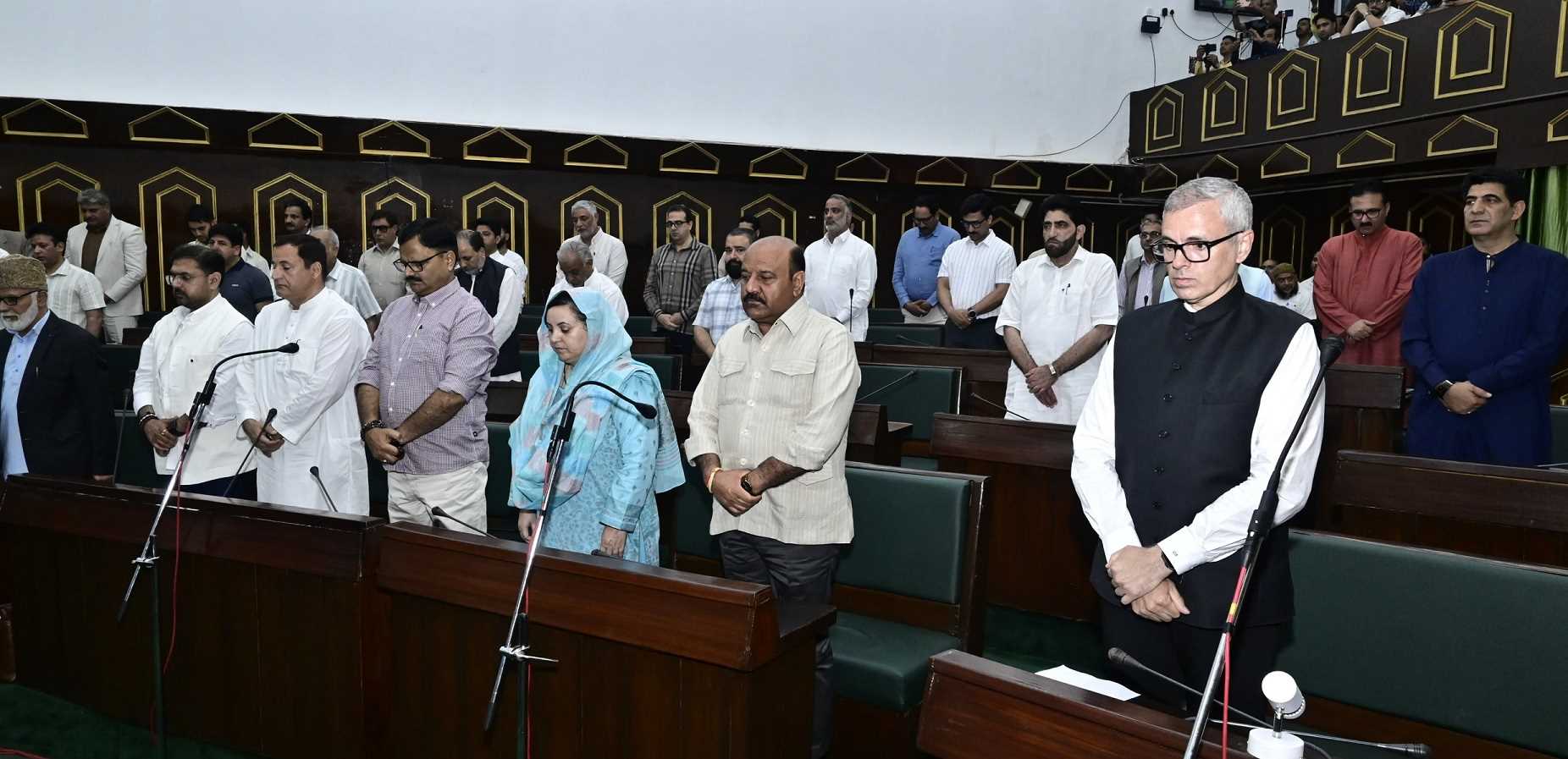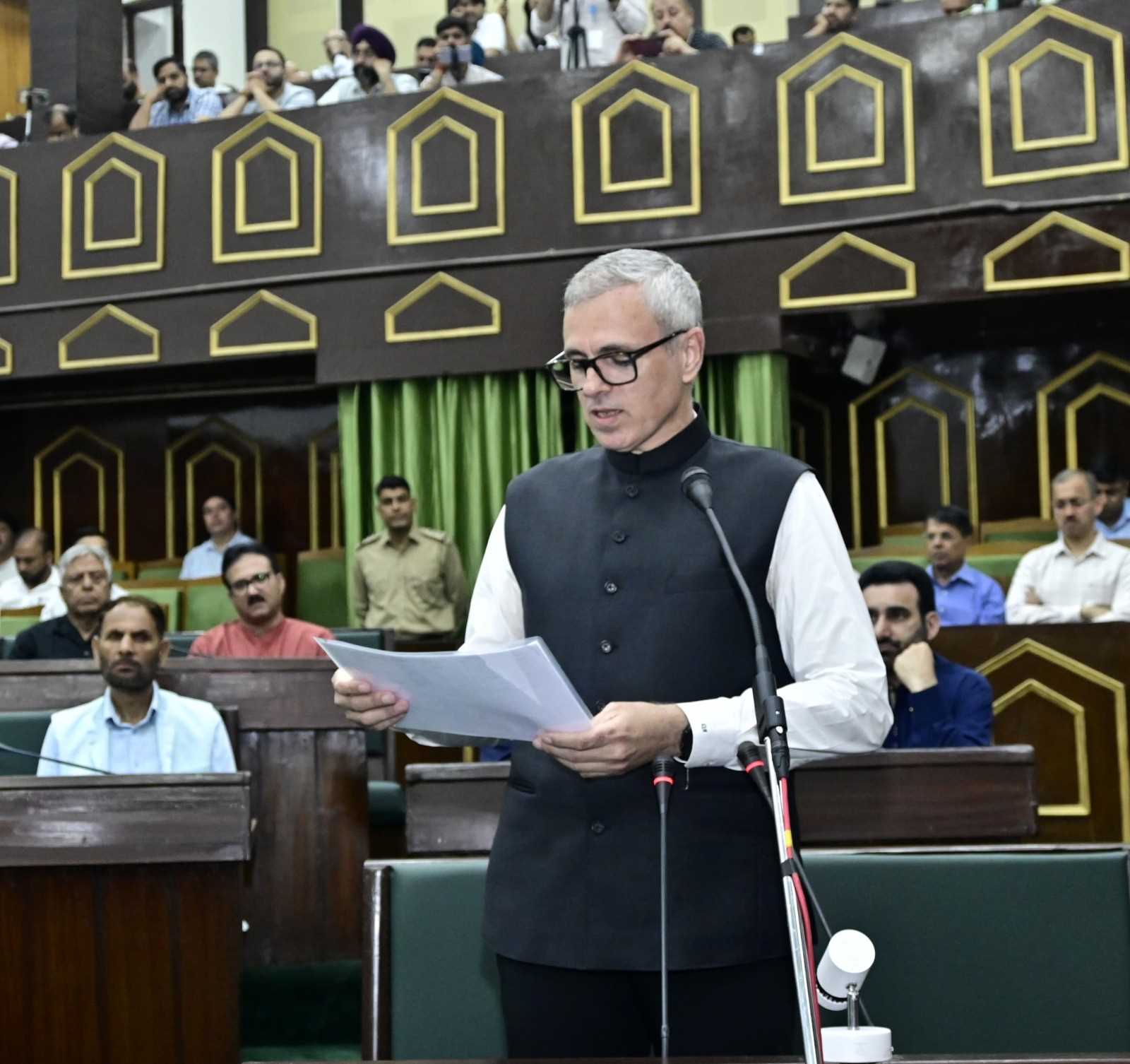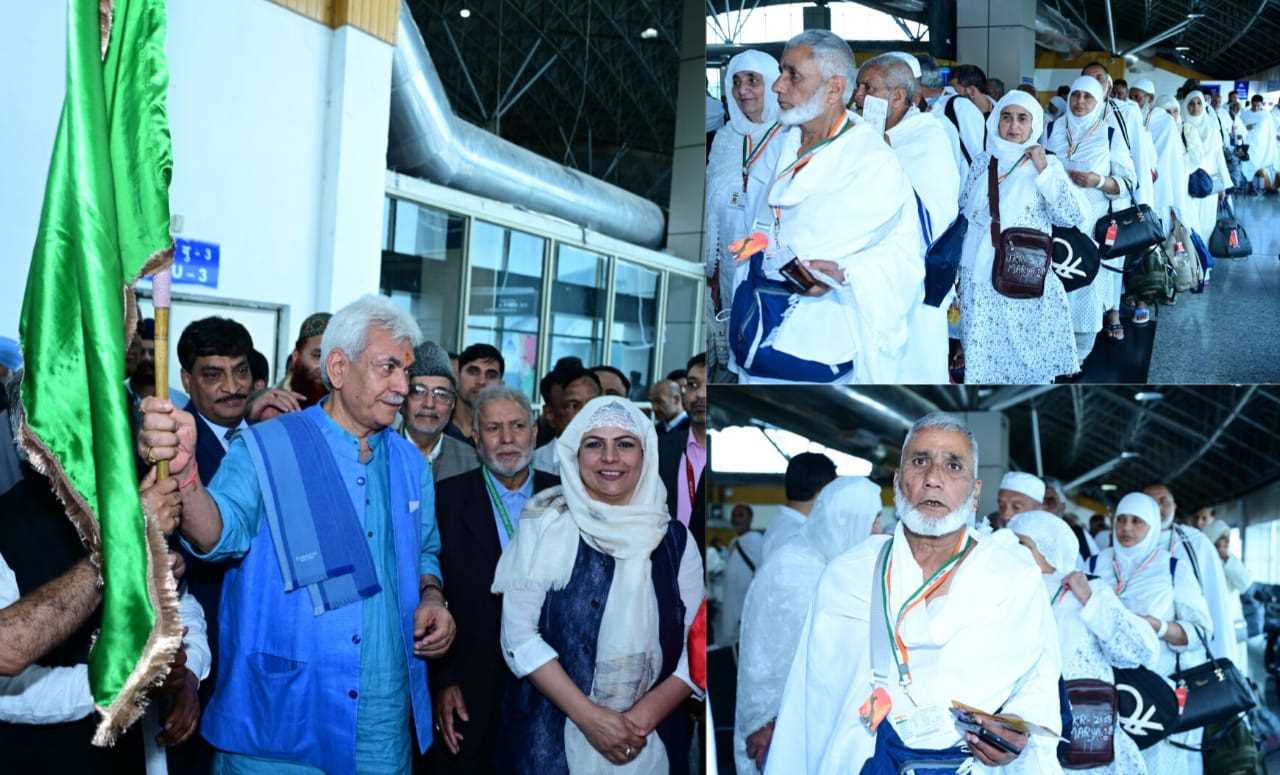The celebration of Baisakhi in Kashmir is more than a religious observance—it is a quiet yet powerful affirmation of identity, resilience, and unwavering roots. For the Sikh community in the Valley, Baisakhi is not only the harvest festival or the commemoration of the founding of the Khalsa by Guru Gobind Singh Ji in 1699; it is also a reaffirmation of their deep bond with the land, a land they refused to abandon even when it was consumed by fear and violence during the 1990s. When the armed insurgency, backed and supported by Pakistan, broke out in the early 1990s, it unleashed a wave of terror and uncertainty across the Kashmir Valley. The Kashmiri Pandits, a vital part of our pluralistic fabric, were tragically driven out in the face of targeted killings and threats. Yet, in the same turbulent environment, the Sikh community made the painful but deliberate decision to stay. Their presence through decades of militancy is not born out of denial of threat, but out of a profound sense of belonging to the Valley—a homeland they did not want to relinquish. This year’s Baisakhi, celebrated with traditional fervor in gurdwaras like Chatti Patshahi in Srinagar and other parts of the Valley, is a reminder of that resilient spirit. Despite being a minority within a violence-ridden region, the Sikh community has continued to safeguard its traditions, language, and faith without yielding to the pressures of exodus or assimilation. Their continued presence in Kashmir is not just symbolic, but substantive—contributing to its economy, culture, and social cohesion. What makes this even more noteworthy is the dignified silence with which the Sikhs bore the trials of the insurgency era. They neither resorted to politicization of their trauma nor demanded separate privileges. Instead, they focused on coexistence, dialogue, and community service. Their Gurdwaras became spaces of peace and refuge, and their leadership played a calming role during the Valley’s most turbulent phases. The celebration of Baisakhi should serve as a moment of reflection for both the administration and the broader society. It highlights the importance of nurturing and protecting minority voices—not only during crises but also in times of peace. The Sikh community’s unwavering commitment to Kashmir is a model of resilience that deserves acknowledgment, support, and historical recognition. As Baisakhi is marked in the Valley’s spring air, it is also a celebration of the Sikh community’s quiet defiance against fear and their enduring faith in Kashmir’s soul. In their presence lies a vital thread in the Valley’s pluralist legacy—one that must be preserved and celebrated.








